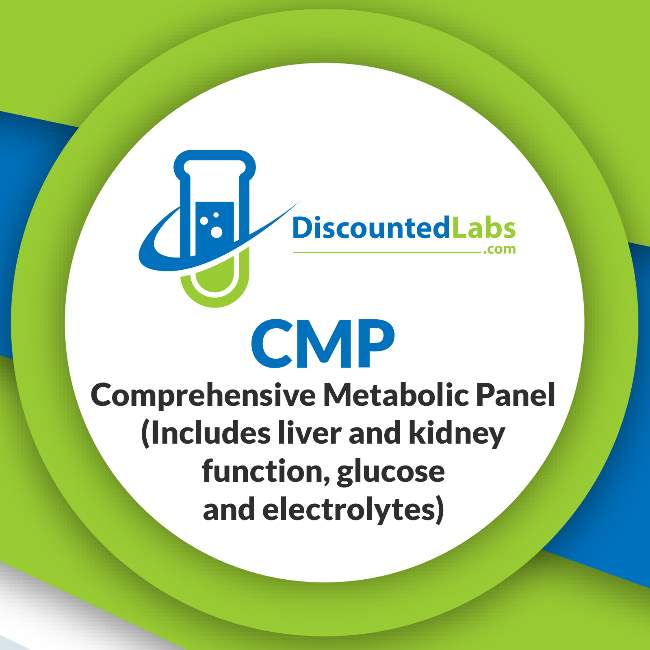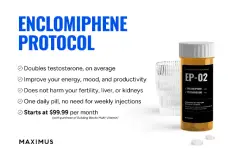Healthy normal and normal isn't the same thing!
The Testosterone Controversy - with references
Adapted from an article posted by William Faloon of Life Extensions
Testosterone levels are high in young men, but plummet during aging. Despite compelling findings of efficacy, conventional doctors still question the value of testosterone replacement in maturing men.
This oversight is causing needless heart attacks and strokes. Low testosterone is associated with excess abdominal fat,1-4 loss of insulin sensitivity,5,6 andatherosclerosis.7,8 A critically important role of testosterone is to enable HDL to remove excess cholesterol from the arterial wall and transport it to the liver for disposal.
This effect of enhancing HDL is termed “reverse cholesterol transport” and is vital to preventing arterial occlusion.9,10
Cardiologists routinely prescribe statin drugs to lower LDL, a lipoprotein that transports cholesterol from the liver to the arteries. These same doctors, however, fail to maintain sufficient testosterone levels in their patients to enable HDL to remove cholesterol buildup in the arteries.
This is one reason why statin drugs have not always been shown to work in older men, who require functional HDL to keep arterial linings free of excess cholesterol. 11,12 Numerous studies document the vital role that testosterone plays in maintaining youthful metabolic processes throughout the body.6,7,13-21 A large new study confirms the deadly impact of low testosterone in older men.22
What’s scary are clinical trials designed by doctors who have no idea how to achieve youthful hormone levels.
Men who enroll in these studies are subjected to lethal dangers because testosterone and estrogen blood levels are not properly balanced. Cells throughout a man’s body are laden with receptor sites that are activated by the hormone testosterone. When testosterone is available to bind to these receptor sites, good things happen such as elevated mood and improved cognition in response to plentiful testosterone being available to the brain.23-25 Be it muscle, bone, vascular, or nerve tissue, testosterone provides critical command signals for your cells to behave in a youthful manner.8,26-33 As testosterone levels diminish, degenerative processes set in.
New Published Study Confirms Testosterone’s Benefits
Of considerable interest is the relationship between testosterone blood levels and cardiovascular events such as heart attack and stroke. In a revealing new study, researchers identified 2,416 men (aged 69-81 years) who were not on any kind of testosterone- affecting treatment.
These men were subjected to a battery of blood tests that included total testosterone and estradiol (estrogen). The first observation was that men with increasing levels of testosterone had a decreased prevalence of diabetes, hypertension, and body fat mass.
Compared to men with the highest testosterone levels, those with low testosterone were twice as likely to have a history of cardiovascular disease. It was also observed that men with the highest testosterone levels were the most physically active.17 This large group of men was followed for an average of 5.1 years. Men in the highest quartile of total testosterone (above 550 ng/dL) had a 30% lower risk of cardiovascular events.
Any level of total testosterone below 550 ng/dL resulted in significant increased risk,
thus helping to establish a minimal baseline as to where total testosterone should be to guard against heart attack or stroke. Estradiol levels measured in this group appeared to be mostly in safe ranges and did not impact incidence of cardiovascular events. Data was tabulated based on hospital reports and/or death certificates for heart attack, stroke, unstable angina, bypass surgery, or stenting.
The four quartiles of total testosterone in this large group of older men were: Quartile 1: Total testosterone below 340 ng/dL.
Quartile 2: Total testosterone be-tween 341-438 ng/dL.
Quartile 3: Total testosterone be-tween 439-549 ng/dL.
Quartile 4: Total testosterone above 550 ng/dL.
Of interest was the finding that Quartiles 1, 2, and 3 had about the same risk of cardiac adverse events. It was only in Quartile 4 (when total testosterone exceeded 550 ng/dL) that the 30% reduction in cardiovascular events occurred.
This finding showed that it did not matter if these men’s total testosterone was very low (below 340 ng/dL) or moderately low (up to 549 ng/dL)...they all had a similar increased risk for suffering a cardiovascular event.
Only when total testosterone exceeded 550 ng/dL did cardiovascular risk plummet.
This finding remained consistent for cerebrovascular disease incidence, where men with the highest total testosterone (Quartile 4) had a 24% reduced risk of transient ischemic attack or full-blown stroke. The researchers noted this association with reduced cerebrovascular risk remained after adjustment for traditional risk factors.

















